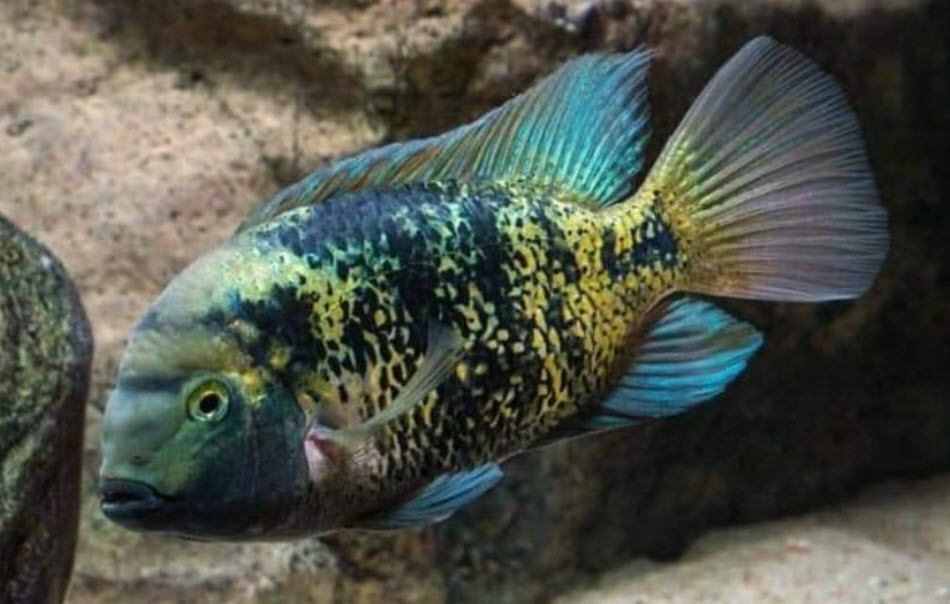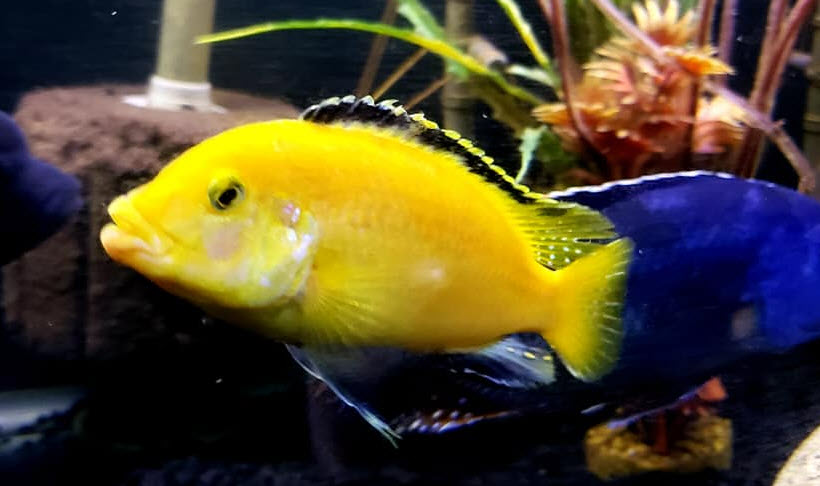
A simple test was set up. In order to get better accuracy the level of chlorine (sodium hypochlorite bleach) was taken to four times the “normal” amount in tap water. Chlorine was added to a gallon of distilled water at the level of 4 ppm. Then the following water conditioners were added to cups of this water at a level double what was recommend on the label.
Then the chlorine was tested with three different total chlorine test kits (Orthotolidine, SenSafe, LaMotte Insta-Test). The level of chlorine found was then subtracted from four. It was then divided by two to find the level of chlorine each conditioner will neutralize when used at the recommended level.
Results of CHLORINE TEST
- Prime (dithionite) 1.8, 0.9, 1.1,
- Safe (dithionite) 1.3, 0.8, 1.1
- AmQuel Plus (Hydroxymethansulfinate) 2.1, 1.7, 1.5
- Aquatic Experts TankFirst (Proprietary) 1.4, 1.1, 1.3
- API Tap Water Conditioner (Thiosulfate) 1.8, 1.1, 1.5,
- Aqueon Water Conditioner (Thiosulfate) 1.8, 1.2, 1.4
- Fritz Guard (Proprietary) 1.4, 1.1, 1.3
- Tetra AquaSafe (Hydroxymethanesulfinate) 1.8, 0.8, 1.8
- DIY solution of Sodium Dithionite 3.0, 2.4, 2.8,
- DIY solution of Sodium Thiosulfate 3.4, 2.7, 2.9,
- Control (nothing added) 0 ppm, 0 ppm, 0 ppm
These nine products ALL neutralized chlorine at roughly the same level. The DIY solutions were made up at a stronger level but that is not important.
Note this is a very easy test anyone can do. Duplicate the test if you don’t believe it. Note that Eric Lin did a similar test of water conditioners and got very similar results (private correspondence).

Test of Conditioners for Chloramine
A simple test was set up. In order to get better accuracy the level of chloramine was taken to four times the “normal” amount in tap water. Chloramine was added to a gallon of distilled water at the level of 4 ppm for the chlorine portion of the chloramine. Then the following water conditioners were added to cups of this water at a level double what was recommend on the label.
Then the chlorine was tested with three different total chlorine test kits (Orthotolidine, SenSafe, LaMotte Insta-Test). The level of chlorine found was then subtracted from four. It was then divided by two to find the level of chloramine each conditioner will neutralize when used at the recommended level.
Results of CHLORAMINE TEST:
- Prime (dithionite) 1.2, 1.5, 1.0
- Safe (dithionite) 1.5, 1.3. 1.1
- AmQuel Plus (Hydroxymethansulfinate) 2.2, 1.8, 2.4
- Aquatic Experts TankFirst (Proprietary) 1.7, 1.1. 1.4
- API Tap Water Conditioner (Thiosulfate) 2.2, 1.0, 2.0
- Aqueon Water Conditioner (Thiosulfate) 2.1, 1.8, 2.0
- Fritz Guard (Proprietary) 1.8, 1.1, 1.5,
- Tetra AquaSafe (Hydroxymethanesulfinate) 1.6, 1.3, 1.4
- DIY solution of Sodium Dithionite 2.8, 2.1, 2.8
- DIY solution of Sodium Thiosulfate 3.1, 2.4, 2.7
- Control (nothing added) 0 ppm, 0 ppm, 0 ppm
These nine products ALL neutralized chloramine at roughly the same level. The same higher strength to the DIY solutions was seen but that is not important.

Note this is a very easy test anyone can do. Duplicate the test if you don’t believe it. Note that Eric Lin did a similar test of water conditioners and got very similar results (private correspondence).
Further Reading
There are some aquarium hobbyists who are interested in delving deep into the science and the calculations behind all aspects of the hobby. For those who are so inclined the following is pertinent:
5.5.3. Water Conditioners
5.5.3.1. “Ammonia Detoxifying” Claims
5.5.3.2. Seachem Prime and Safe
5.5.3.3. Water Conditioner Chemistry
5.5.3.4. Water Conditioner Cost
5.5.3.6. Review Of Water Conditioners
.
Return to Poisons Menu
.
Aquarium Science Website
The chapters shown below or on the right side in maroon lead to close to 400 articles on all aspects of keeping a freshwater aquarium. These articles have NO links to profit making sites and are thus unbiased in their recommendations, unlike all the for-profit sites you will find with Google. Bookmark and browse!
.

Dave says
In reply to Ben Z ….. Sure drop me an email. Always interested in a good laugh.
Ben Z says
Speaking of this topic, I ran across some new lines of “bacteria-in-a-bottle” products by local sellers in my side of the world that makes Seachem et al. look like George Washington. And a new marketing hype for stress coat products that’s downright hilarious. Mind if I drop u an email to share a laugh?
Ben z says
Thanks for the reply. It’s amazing how paranoid one chlorine pulse can make u… of coz I can’t be sure it was a chlorine pulse, but per our government, we have somethingike 2 ppm chlorine and 2 ppm chloramine on average, and it’s been raining cats and dogs recently, and the tap water smelt like a swimming pool even after I added raw thiosulphate. Which really makes me wonder just how chlorinated water can get.
Anyway, u wrote somewhere that u can’t really tell if ur water supply uses chloramine because testing for ammonia after dechlorination messes with the chemistry of the test, but u wrote in another article that ppl have been measuring x ppm of ammonia out of the tap… maybe you could clear this point up a bit? Seems somewhat contradictory on plain reading.